C4.13 British Library¶
How to read in the British Library? How to visit the British Library?
In fact, the book-borrowing process of many libraries in the UK is quite similar. I have registered for library services in several places in the UK, because you need to register to use some library facilities or borrow books from the library. Actually, it’s much like the process in libraries in China—you just get a reader’s card, and then you can read for free or borrow books to take home.
Of course, just like in China, some very classic and rare books may not be available for reading. Those that are extremely precious are not accessible, but there are reprints (reproduced versions) available.
Some libraries in the UK have unique features. For example, at the Manchester Central Library, you can use the library’s computers to create British electronic postcards. I thought this was really interesting at the time, so I immediately used one of the computers to send these postcards to the teachers who had written reference letters for me, and wished them a happy New Year. From this, you can see that I have a good trait—I know how to be grateful.
I keep them in my heart and never forget them, and I don’t just say it with words, but also show it through actions. For instance, besides sending them electronic postcards, I also thought about sending paper postcards at that time. But I was worried the postcards might get lost, and my handwriting is also very bad, so I decided to give them small gifts instead.
However, when comparing the Manchester Central Library with the British Library, the British Library is really impressive—it’s extremely large, has almost everything, and is always crowded with people. Its architecture is also very beautiful, and the layout inside is quite interesting. There are countless stories behind it, making it perfect for taking photos and videos. Of course, it’s even more suitable for studying, hahahaha... Oh, I just accidentally revealed my personality—I don’t like studying that much and prefer to take lots of photos instead. Anyway, all in all, it’s absolutely fantastic. I really want to go back there to take more photos.
As shown in the picture below: the electronic postcard I sent to my teachers from the Manchester Central Library.

However, although the British Library has an enormous collection of books, none of them are available for loan. You can, however, make copies and take the copies away—copying requires an additional fee. If you don’t want to go out but want to read a specific book at home, you can also select the corresponding book directly on the British Library’s official website. The library will then make a copy and mail it to you. At the same time, images of some of the library’s collections can be purchased and downloaded directly through its online image service.
First, let’s introduce the British Library.
The information here is mainly sourced from the British Library’s official introduction. The British Library, whose full English name is British Library, is the national library of the UK and one of the largest libraries in the world. Its collection exceeds 150 million items, covering more than 400 languages. These items include books, magazines, manuscripts, maps, sheet music, newspapers, patents, data, stamps, prints, paintings, and sound archives.
The British Library is a treasure trove. When visitors come to the library located in St Pancras, they may notice that the library building has the outline of an ocean liner—a design inspired by architect Colin St John Wilson. What they may not know, however, is that this "liner" is estimated to hold over 150 million treasures.
Many famous figures have read in the British Library’s reading rooms, including Sun Yat-sen, Karl Marx, Oscar Wilde, Bram Stoker, Mahatma Gandhi, Rudyard Kipling, George Orwell, George Bernard Shaw, Mark Twain, Vladimir Lenin, Virginia Woolf, Arthur Rimbaud, Mohammad Ali Jinnah, H. G. Wells, and Sir Arthur Conan Doyle.
One of the most remarkable items in the British Library’s collection is the Klencke Atlas—one of the largest atlases in the world. When opened, it measures 176 × 231 centimetres, and it takes several people to lift it.

One of the most fascinating items in the British Library's collection is an ancient Chinese hand-drawn star map. This Chinese star map is the oldest known hand-drawn map of the night sky, created around 700 AD in the Central Plains region of China. It depicts over 1,300 stars visible to the naked eye, predating the invention of the telescope by several hundred years. Another such fascinating item is A Curious Herbal by Elizabeth Blackwell.


One of the most iconic items in the British Library’s collection is undoubtedly a world-famous piece—the notebooks of Leonardo da Vinci (1452–1519). Known as the Codex Arundel, this manuscript takes its name from its British owner, Thomas Howard, 14th Earl of Arundel. It is written in da Vinci’s signature "mirror writing" in Italian—left-handed, from right to left. The manuscript covers topics including mechanics, astronomy, optics, architecture, and bird flight. Recently, an imaging scientist at the library discovered a previously unseen human figure in da Vinci’s notebooks.
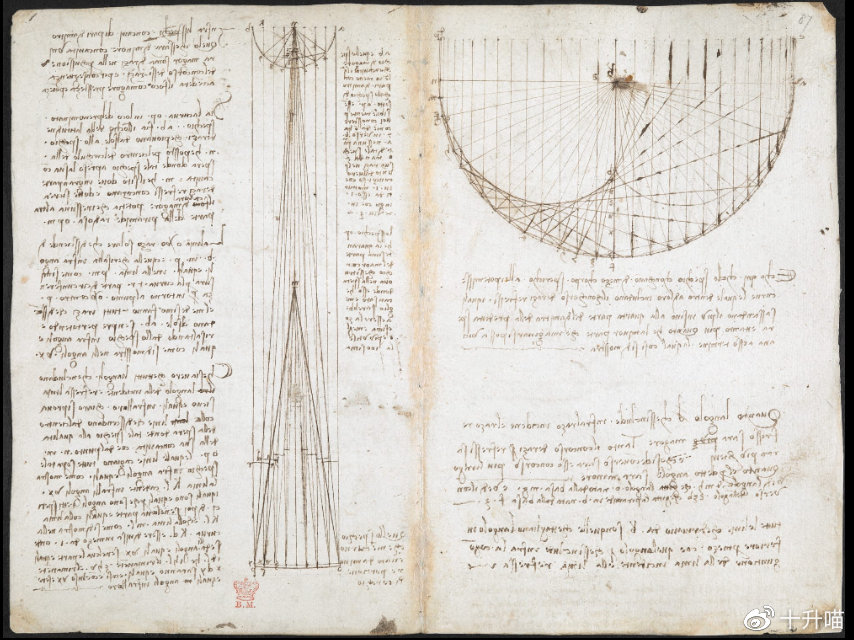
Their official website has both Chinese and English versions, which is very convenient for friends who don’t understand English well.
The Chinese official website is: https://www.britishlibrary.cn/zh-cn/about-british-library/
The English official website is: https://www.bl.uk/#
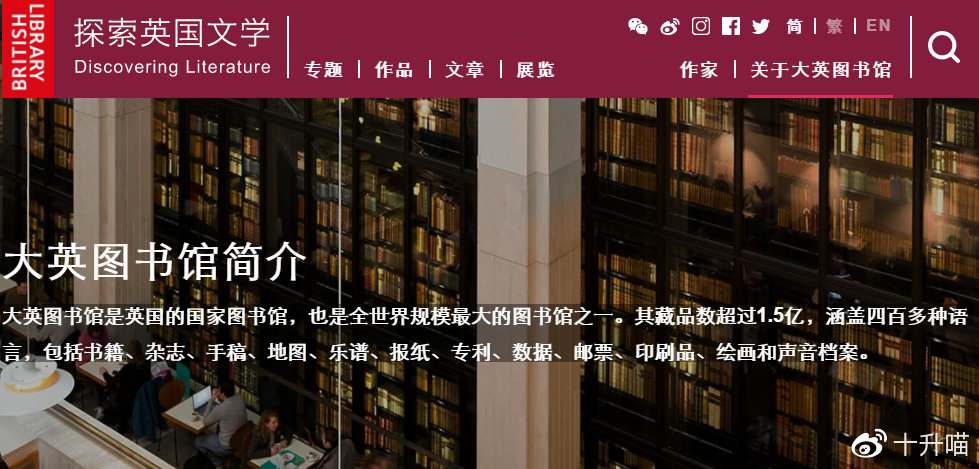

Interesting Lesser-Known Facts About the British Library
If you look at 5 items a day, it would take you roughly 80,000 years to see all the collections.
Three million new items are added to the collection each year.
The library can accommodate 1,200 readers at once.
The total collection can fill 625 kilometres of bookshelves, and the new items added each year require 12 kilometres of additional bookshelves to store.
The British Library originated from the British Museum Reading Room, which officially opened on 2 May 1857. At that time, readers could enjoy a "breakfast" of champagne with ice cream at the catalogue desks in the reading room.
We offer the world’s largest document delivery service, sending millions of documents to customers around the globe every year.
The British Library, located in St Pancras, London, is the largest public building constructed in the UK during the 20th century.
British Library Address:
96 Euston Rd
Kings Cross
London
NW1 2DB
United Kingdom
Telephone:
+44(0)330 333 1144
British Library Opening Hours:
Monday: 09:30 - 20:00
Tuesday: 09:30 - 20:00
Wednesday: 09:30 - 20:00
Thursday: 09:30 - 20:00
Friday: 09:30 - 18:00
Saturday: 09:30 - 17:00
Sunday: 11:00 - 17:00
Public Holidays: 11:00 - 17:00
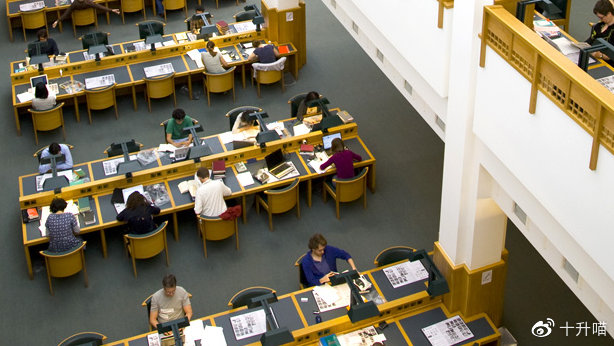
How to Read at the British Library?
To read books at the British Library, you must register—i.e., apply for a reader’s card. You can register as a Reader, a Member, or a Patron. For the Patron category, you can find more information on the official website. Today, we will focus on the first two categories.
Reader
Becoming a Reader means applying for a reader’s card, which is free of charge. With this card, you can read books in the library, purchase printed copies of books directly, and buy other products.
There are two ways to register. One is to pre-register online first, then visit the library in person. You need to bring the original copies of your personal identification (e.g., passport and BRP) and proof of address (e.g., a recent bank letter with your address, a student letter with your address—both must be issued within the last 3 months) to complete the registration at the British Library, become a Reader, and collect your Reader card. Pre-registering online has the advantage of saving time spent queuing for on-site processing and filling out registration forms in person. The official pre-registration link is:
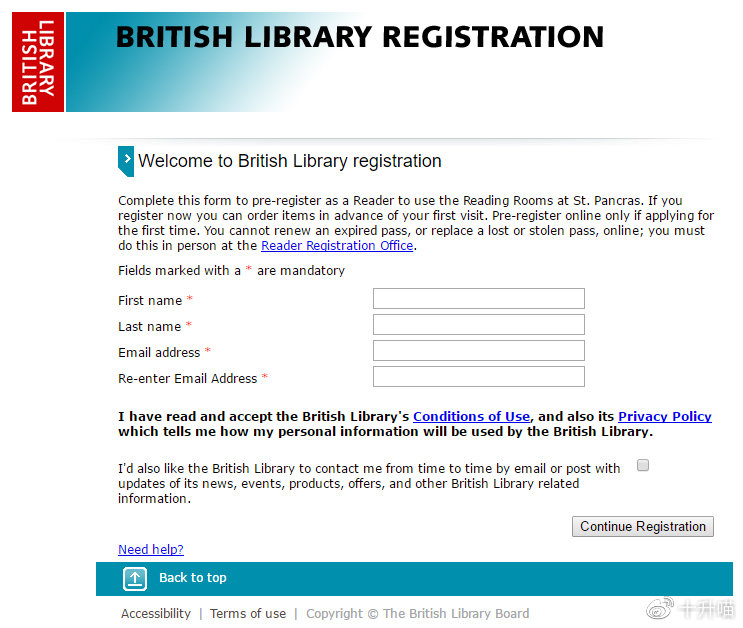
The Second Registration Method
The second way is to register directly at the library with your documents. However, you need to arrive early, as there may be long queues. You will also need to fill out a form on-site. One section of the form requires you to state which book you intend to read—you can search for a book in advance on the library’s official website and list it (e.g., a professional book related to your current studies or a book you enjoy). Once you complete the on-site registration, you will receive your Reader card immediately.
Reminder from ShishengMao (Ten-Litre Cat)
You must bring this Reader card with you every time you visit the library. If you want to enter the library to read without the card, you will need to apply for a temporary card, which costs £5.
If you lose your Reader card, a replacement will cost £10. The British Library only accepts cash for these fees.
In both cases—whether you forget your card or lose it—you must bring your personal identification and proof of address to the library in person to process the request.
If your Reader card is about to expire, you need to renew it in advance. Renewal must be done online first, and after updating the information on the website, you must still bring your personal identification and proof of address to the library for on-site registration update.
Your Reader card will take effect from the date of renewal. If you lose an expired Reader card, the library can still process the renewal for you.
A 3-year valid Reader card can be renewed up to 6 months before its expiration date, while a 1-year valid card can be renewed up to 1 month before expiration. In both cases, you must bring your personal identification and proof of address to the British Library in person to complete the renewal.
Member
To become a Member, you can pay with a debit card for £80 per year, or with a credit card for £87 per year. Group membership (joint membership cards) is also available: two people applying together pay £120 per year with a debit card, or £127 per year with a credit card. Members enjoy a range of benefits, including:
Free entry to British Library exhibitions for you and one guest.
Exclusive access to the daytime Members’ Room for you and one guest, with a view overlooking the King’s Library.
Priority booking for events, plus four free event tickets per year (free tickets cannot be used for adult courses, etc.).
A library catalogue guide.
A 20% discount at the library’s public restaurants, cafes, and shops.
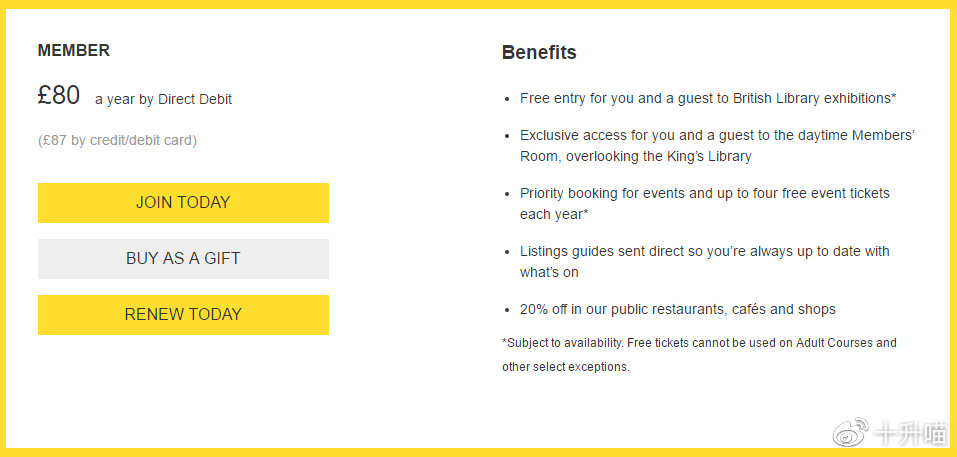

When reading at the British Library, it’s best to search for the books you want to read on the official website in advance. Then find the corresponding location of the books, take them out, and read in a quiet area nearby. However, whether you go there to read, admire the library, study, borrow books, or take photos as souvenirs, please remember to keep quiet, do not damage the books, do not scribble or draw in them, and do not take them away without permission.
Official website online search link:
http://explore.bl.uk/primo_library/libweb/action/search.do?menuitem=0&fromTop=true&fromPreferences=false&fromEshelf=false&vid=BLVU1

For example, when you search for a book, you will find its specific details and information on how to access it—you can either read it in the library’s reading rooms or have a copy mailed to you.
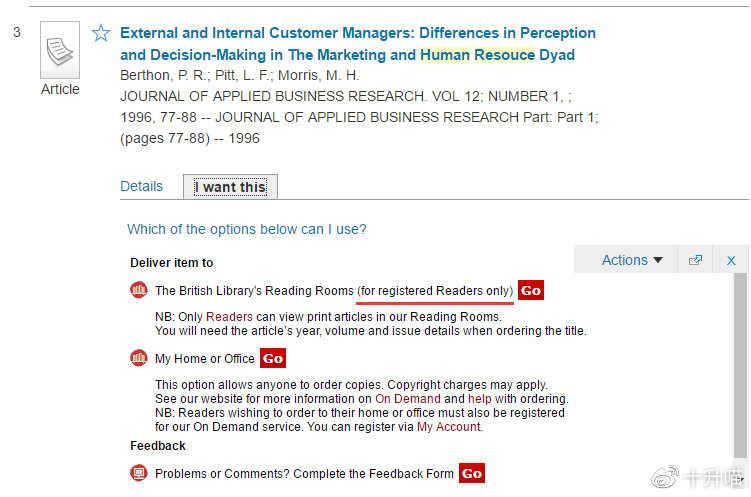
The British Library hosts numerous exhibitions for visitors. Some are open to the public for free, while others require a fee. At the same time, the library is home to multiple cafes, gift shops, and other retail outlets, offering products including coffee, books, clothing, bags, jewellery, and more.
As shown in the picture below: these are products sold on the library’s official website, and they are also available at physical stores within the library.
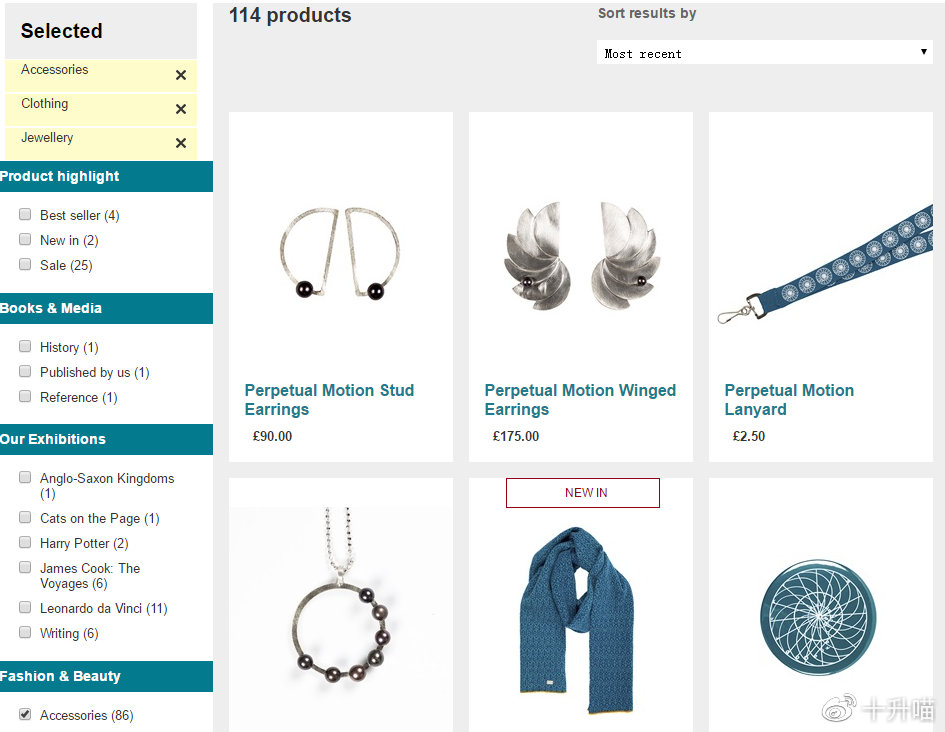
What if you don’t want to register as a Reader or Member of the British Library, but still want to visit it as a tourist?
It’s still possible. You just need to make a reservation in advance on the official website. Some areas require a fee for visiting, while others are free. For details, please refer to the link: https://www.bl.uk/events?eventsubtype=tour
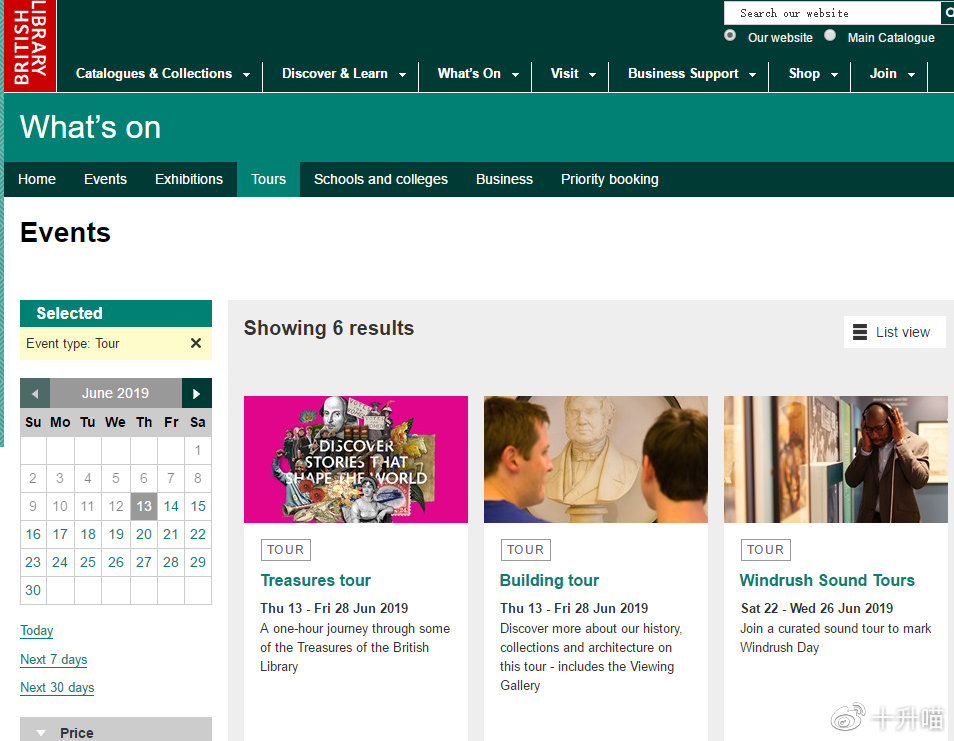
Workshop
The British Library also offers workshops. These workshops are interactive sharing events, including a variety of free or low-cost seminars and interactive activities. If you cannot come to the library in person, you can still participate in online workshops by registering for the library’s regular webinars—no matter where you are in the world. All workshops require advance booking. If you need to cancel, please contact the library 24 hours in advance via the online form or by calling +44(0)20 7412 7901.
British Library Workshop Link:https://www.bl.uk/business-and-ip-centre/workshops-and-events
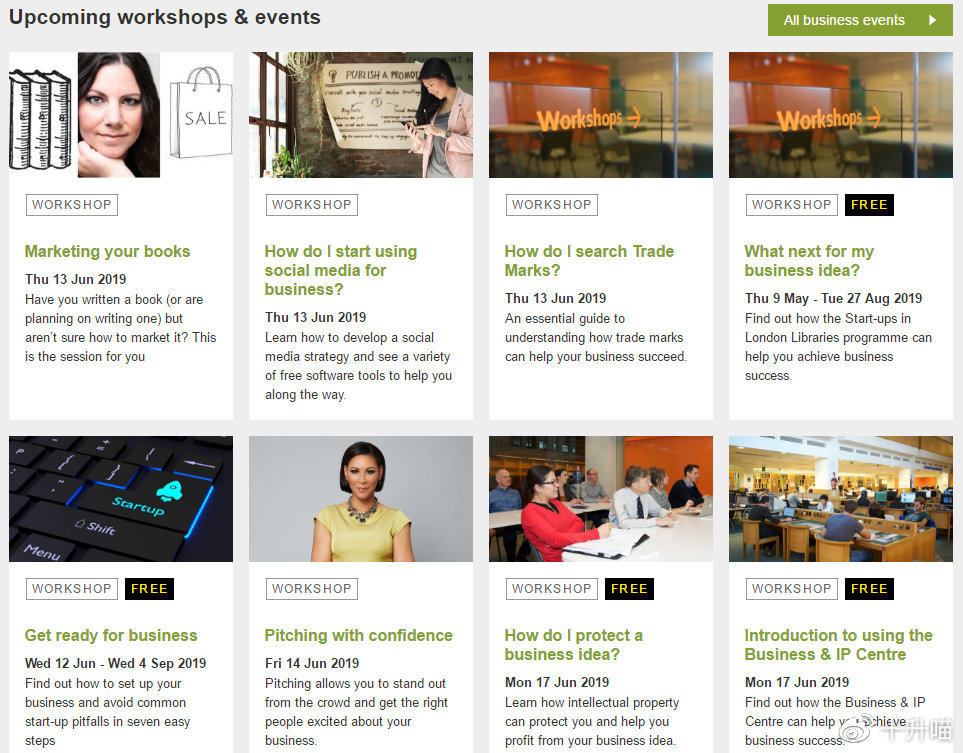
Reminder: You are not allowed to bring items such as school bags or coats into the British Library. You will be asked to store them in the library’s storage area in advance, and storage is free of charge. Although the library has central heating, it is still recommended to wear more clothes, as you may feel cold after sitting for a long time. If you bring your own items like books, notes, or a laptop, the staff will provide you with a transparent plastic bag to hold these items, which you can then carry with you inside.